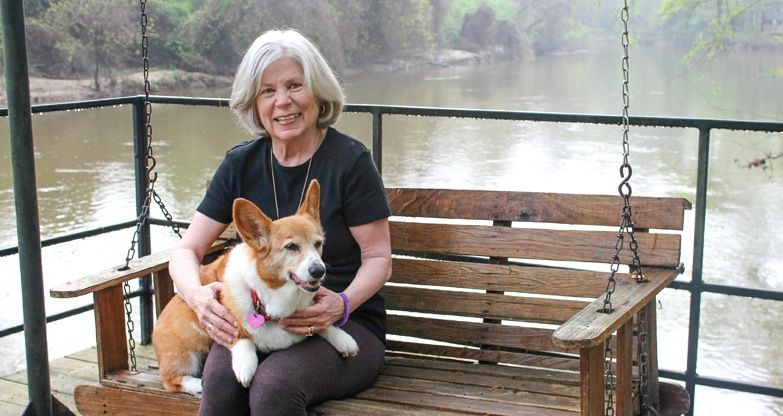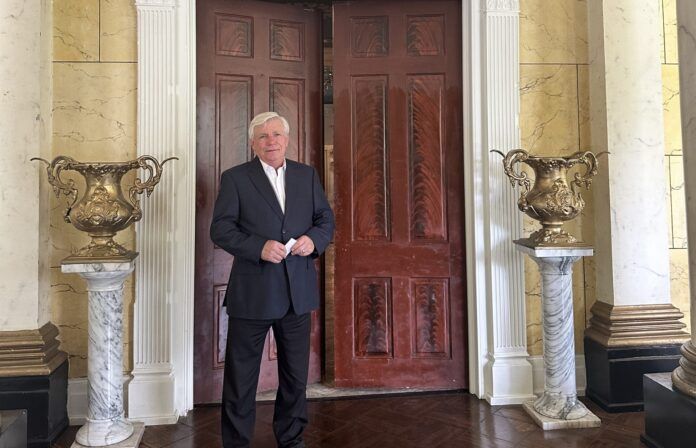Worth far more than money
Julia Sims helped distribute money left behind by her dear friend Gail Sheffield. She is pictured here with one of Sheffield’s adopted pets, Annie. Photo by Lindsey Holland.
Two college friends inspire middle class Americans to make a difference by leaving a legacy
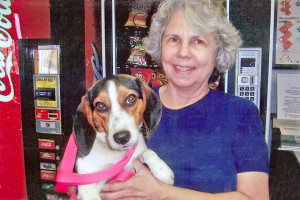
When Gail Kemp graduated from LSU in the 1960s, most of her classmates were ready to settle down and raise a family. But Kemp was determined to follow her dreams. She soared to new heights—literally—as she traveled the world as a Pan Am flight attendant.
Even after the Houston native married Baton Rougean Charlie Sheffield, Gail Sheffield’s quest for knowledge and new experiences seemed insatiable. She constantly amazed her college friends with her adventures, brilliance and wit.
A true Renaissance woman, Sheffield earned a law degree and became Tangipahoa Parish’s first assistant district attorney; completed a Ph.D. in anthropology and published a textbook about Native American arts; honed her skills as a watercolorist; and, in her 70s, spent many evenings trapping, neutering and releasing feral cats to stop overpopulation.
Unfortunately, shortly after her husband’s death, Sheffield died in October 2012 at her Montana home following a brief illness. Her will bequeathed $100,000 to the Feral Cat Consortium in Madisonville, Louisiana, and her $300,000 home to Flathead Spay & Neuter Task Force in Whitefish, Montana.
While they appreciated Sheffield as devoted volunteer, both nonprofits were completely shocked to receive such magnanimous gifts from such a seemingly modest woman.
Sheffield might have anticipated how much her monetary contributions would help her favorite charities, but she never could have envisioned the ripple effect that generosity would have throughout the Capital City and the nation.
Newspaper reports of Sheffield’s donations caught the attention of Melinda Gustafson Gervasi.
The Wisconsin attorney, estate planner and blogger was doing research for Middle Class Philanthropist: How Anyone Can Leave a Legacy. The book explains how individuals can make a lasting financial impact on a charity even if they don’t have a fortune.
Gervasi was captivated by Sheffield’s story because it involved assets attainable for many middle class families—a home and a retirement account.
Gervasi says Sheffield’s story illustrates a frequently forgotten fact about charitable giving. “Every dollar makes the difference—especially in nonprofits and especially [now] that we are coming out of a recession.”
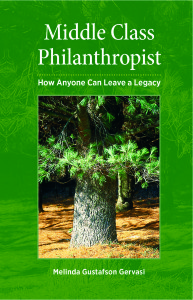 Unexpected gifts such as Sheffield’s are encouraging nonprofits to reconsider whom they think of as a philanthropist. “A lot of times, they [approach] people who are the big fish in the community, someone who has lots of assets,” Gervasi says. “But they might be overlooking the person who has led maybe a more modest life but who is a very passionate volunteer.”
Unexpected gifts such as Sheffield’s are encouraging nonprofits to reconsider whom they think of as a philanthropist. “A lot of times, they [approach] people who are the big fish in the community, someone who has lots of assets,” Gervasi says. “But they might be overlooking the person who has led maybe a more modest life but who is a very passionate volunteer.”
Eventually, an Internet search led Gervasi to Julia Sims, a college friend of Sheffield’s whose husband was the estate’s executor.
While she explained the details of Sheffield’s life and legacy to Gervasi, Sims was quietly struggling with her own dilemma regarding another of her friend’s requests.
In addition to the provisions made for feral cat organizations, Sheffield had left $20,000 to provide for a lifetime of care for her own pets—three cats and one dog. But Sheffield’s pets were quickly adopted by friends who refused to accept money for care. So Sims had the quandary of what to do with the $20,000.
The answer came on a visit home to Baton Rouge and dinner at another college friend’s home in Melrose near Capitol Lakes. During the evening, Sims inquired about a large number of cats traipsing through the yard. When her hostess mentioned the neighborhood’s feral cat problem, Sims knew what Sheffield would have done.
Soon, Sims was referred to Sandra DiTusa, executive director of Spay Baton Rouge. For nearly a decade, the local nonprofit has made spay and neuter services affordable and accessible to all East Baton Rouge Parish pet owners by offering low-cost services to low-income families and caretakers of feral cat colonies.
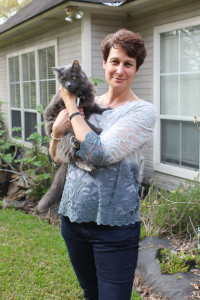
Recently, Spay Baton Rouge had partnered with other groups to trap, neuter and release (TNR) feral cats through a pilot program established by a new city ordinance. After hearing about the program, Sims was convinced that supporting the TNR initiative was the best way to honor her best friend’s memory.
“We are so grateful to Gail and Julia,” says DiTusa. “As a local, small nonprofit, $20,000 goes a long way to helping us to prevent the uncontrolled breeding of community cats, which reduces the number of unwanted litters.”
From August 2014 through January 2015, the contribution from the Gail Sheffield grant has allowed the spaying and neutering of more than 230 community cats and prevented the birth of several generations, which could have totaled an estimated 3,700 unwanted feral felines.
“This is a gift from Gail, not from me—and I really mean that from the bottom of my heart,” says Sims. “I am merely the messenger. I know Gail is smiling thinking about all these cats. Gail was making a difference when she was alive, and she is making a difference now.”
As DiTusa points out, “Anybody who gets involved with their passion is going to make a difference—whether it’s donating time, money or raising awareness.
“And you do not need to spend a lot of money. There are approximately 420,000 people in our parish. If everybody gave us $1 every year, we could raise $420,000,” she explains. “If everybody contributes a little bit, that’s going to make a difference.”
Making a difference without millions
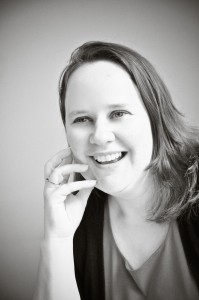
Local philanthropist Gail Kemp Sheffield is profiled in Melinda Gustafson Gervasi’s Middle Class Philanthropist: How Anyone Can Leave a Legacy. The Wisconsin attorney and estate planner wrote the book to address the needs of an increasing number of clients who never married, had children or whose children were well off enough not to need an inheritance.
“There didn’t seem to be much guidance for people who define themselves as middle class but want to leave an end-of-life gift to a cause they are passionate about,” she says.“ So, I decided to fill that gap and write something small that people could read in an afternoon. Hopefully, [readers will become] more inspired to do something to leave a legacy.”
Gervasi shares thought-provoking questions—and advice on answering them—that are useful to anyone interested in leaving money to nonprofits.
How much does it take to make a difference?
On the heels of a deep recession, nonprofits are delighted to receive any contribution. It doesn’t take a lot of money to make a difference. [That’s especially true if the money is] directed toward small or grassroots organizations, in which $10,000 or $15,000 might equal half of their [annual] operating expenses.
Some people—with as little as $15,000—start an endowed scholarship fund in their name. And, there are a variety of mechanisms available including something as simple as 10% of an IRA or 401(k) that could be left to charity.
Many people think of estate or philanthropic planning as leaving an entire house or an entire estate. In actuality, you can leave a small percentage. So you can still take care of your spouse or children but also recognize a cause you’re passionate about—maybe a place where you worked as a volunteer or someplace that had helped you in your life.
What is important to you?
What are you passionate about? What gets you up in the morning? What keeps you up at night worrying? What do you want to fix? It might be giving back to an organization that helped propel you—an organization that gave a university scholarship or a place of worship, for example.
Sometimes, people want to leave [their assets] to 30 different nonprofits, but then you are leaving a little bit all over the place. [Instead] you might want to find an umbrella organization or one that really could use an influx more than another.
What is the specific name of the organization you intend as the beneficiary?
From a lawyer perspective, the one thing I always say is: Make sure you get the correct name of the organization. Some organizations have similar-sounding names to well-known charities, but they are not the same. Even beyond that, someone may say, ‘I’m going to leave something to the Sierra Club.’ Then, I have to ask: Is that the national Sierra Club? Is that your state Sierra Club? Is that your regional Sierra Club? They are three different organizations. So, you need the actual legal name and an understanding about where the particular organization is located and what they do. For example, the national branch might do more lobbying or public policy; the regional affiliate might do more direct programming.
How does the organization rate with regard to fiscal responsibility?
Once you decide the cause and specific organization, you should evaluate that organization before you leave them something. Are they spending the money the way you think they’re spending the money? Have they had any fraud in the organization? You need to find out to make sure your money will be used in the way you intend.
What do you want to leave?
Review your assets. Which asset is the best to donate from? Do you want to leave the house? Do you want to leave the car? Do you want to leave cash? Do you have a life insurance policy?
So long as the tax laws don’t change, any donation from in a traditional IRA or 401(k) to a qualified nonprofit is generally not considered a distribution of income and is not taxed. So if you leave $1,000, it all goes to that nonprofit, whereas if you give $1,000 to an individual, that person pays income tax and the amount is reduced.
Then look at your asset mix. Where would it be easiest to direct something to the nonprofit? It might be hobbyist equipment or supplies that could be donated or sold to generate money. So it might not be the traditional house, car or bank account; it might be actual tangible items as well.




